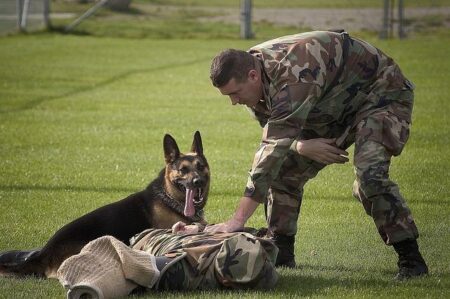NATO quickly deployed fighter jets in response to a Russian military aircraft entering Lithuania’s airspace, marking a significant escalation amid rising tensions between Moscow and the Western alliance. The incursion, which NATO officials condemned as a violation of Lithuanian sovereignty, underscores continued concerns over Russia’s aggressive posturing near NATO borders. This latest incident highlights the fragile security environment in Eastern Europe and the alliance’s commitment to safeguarding member states.
Nato Responds Rapidly to Russian Airspace Violation Over Lithuania
NATO forces swiftly reacted to an unauthorized Russian aircraft breaching Lithuanian airspace, exemplifying the alliance’s commitment to the security of its eastern members. Fighter jets from multiple NATO countries were scrambled in response, intercepting the intruding plane and escorting it back toward Russian territory. This rapid deployment underscores the heightened vigilance in the Baltics amid growing regional tensions and Russia’s increasingly assertive military maneuvers near alliance borders.
- Incident duration: Approximately 12 minutes
- Aircraft involved: Russian Su-27 fighter jet
- NATO response time: Under 5 minutes
- Countries involved in scramble: Lithuania, Poland, Estonia
| Response Element | Details |
|---|---|
| Alert Level | Immediate |
| Squadron Deployed | F-16 & Eurofighter Typhoon |
| Patrol Area | Kaliningrad Border Zone |
| Communication | Standard NATO radio protocols |
Officials emphasized that these measures are part of routine vigilance but also serve as a clear signal to Russia that NATO remains unified and prepared to protect its airspace sovereignty. The Lithuanian Ministry of Defense confirmed no hostile intent was detected, yet the incident is being investigated to determine whether it was a navigation error or a deliberate provocation.
Implications for Baltic Security and Regional Stability
The recent Russian breach of Lithuania’s airspace marks a troubling escalation in the Baltic region, underscoring the precarious nature of security dynamics in Eastern Europe. NATO’s rapid deployment of fighter jets demonstrates the alliance’s commitment to defending its member states and maintaining a credible deterrence posture. However, this incident reveals underlying vulnerabilities that could invite further provocations if not addressed through enhanced surveillance and joint military readiness.
Long-term regional stability hinges on several critical factors, including:
- Increased intelligence sharing among Baltic and Nordic countries to detect and respond swiftly to any aerial or maritime threats.
- Strengthened NATO presence through rotational deployments to reassure member states and deter aggressive maneuvers.
- Diplomatic efforts aimed at lowering tensions and preventing miscalculations that could escalate into conflict.
| Key Security Indicator | Current Status | Recommended Action |
|---|---|---|
| Airspace Breaches | Increasing frequency | Enhanced radar coverage |
| Force Readiness | High but stretched | Boosted training exercises |
| Regional Cooperation | Moderate | Regular joint operations |
Experts Urge Strengthened Air Defense Measures and Increased Surveillance Efforts
In the wake of recent airspace violations, defense analysts are advocating for a rapid overhaul of NATO’s current air defense infrastructure. Emphasizing the unpredictable nature of modern aerial threats, experts highlight the need for:
- Upgraded radar systems with extended range capabilities to enable earlier threat detection.
- Integrated missile defense networks to provide multi-layered protection against incursions and potential attacks.
- Enhanced coordination protocols among member states to ensure swift response times.
These improvements are posited as crucial to deterring future violations and maintaining the integrity of alliance airspace.
Surveillance operations also demand amplification, with renewed calls for increased aerial patrol flights and satellite monitoring missions over sensitive border regions. A recent comparative analysis underscores the current surveillance gaps:
| Aspect | Current State | Recommended Upgrade |
|---|---|---|
| Patrol Frequency | Biweekly | Daily |
| Satellite Coverage | Limited to key zones | Comprehensive regional coverage |
| Response Coordination | Decentralized | Centralized command center |
With adversarial tactics evolving rapidly, bolstering both technology and operational strategies remains paramount for NATO to safeguard member nations effectively.
Concluding Remarks
The recent Russian incursion into Lithuanian airspace and NATO’s swift response underline the ongoing tensions in Eastern Europe and the alliance’s commitment to safeguarding the sovereignty of its member states. As NATO continues to monitor the situation closely, this incident serves as a stark reminder of the fragile security environment in the region and the importance of maintaining vigilance against any breaches of international airspace. Further developments will be closely watched by both regional and international actors alike.




